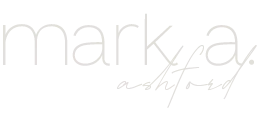$59.95
Category Online Course Tags Energy, Energy Healing, Energy Healing Energy, Epidemic sound, Healing, Healing energy, Shaman, Shaman Energy, shaman reading, Shamanism, Shamanism Online, Shamanism Online Course, Tibet, Tibetan, Tibetan Reiki, Tibetan Reiki Shaman, Usui Reiki, white shaman, white shamanism
The book is not about the dead or for the dead in the way of its Egyptian equivalent. It is about living. It is an ancient book. It was written in 8th century century Tibet. Before that, it was an oral tradition passed down by shaman which its heritage stems. but its heritage and information go much further back and are based on shamanic knowledge. It became part of the Bon faith which is still practised today. When Buddhism entered Tibet Bon, and the Tibetan Book of the Dead it became part of that discipline helping to make Tibetan Buddhism unique.
Soon after the Buddha’s passing it was recognized that we experience different states of existence each day of our lives, and after, when we die. These s an intermediate, transitional, or liminal states are called Bardos. Our waking life is a Bardo state, our dreaming at night is a Bardo state, if/when we meditate, that is a Bardo state.
In the Tibetan world view, there is no destructive death at the end as is in the west. Instead, there is reincarnation, rebirth, a transition into a new life. What we do in this life, the good and bad deeds, or Karma influence the rebirth of our soul and how it will continue to seek enlightenment.
Subscribe to my newsletter
Navigation
Legal
© 2023 – 2025 Mark A. Ashford Consulting Inc. All rights reserved. | website by fome

 Cart is empty
Cart is empty
